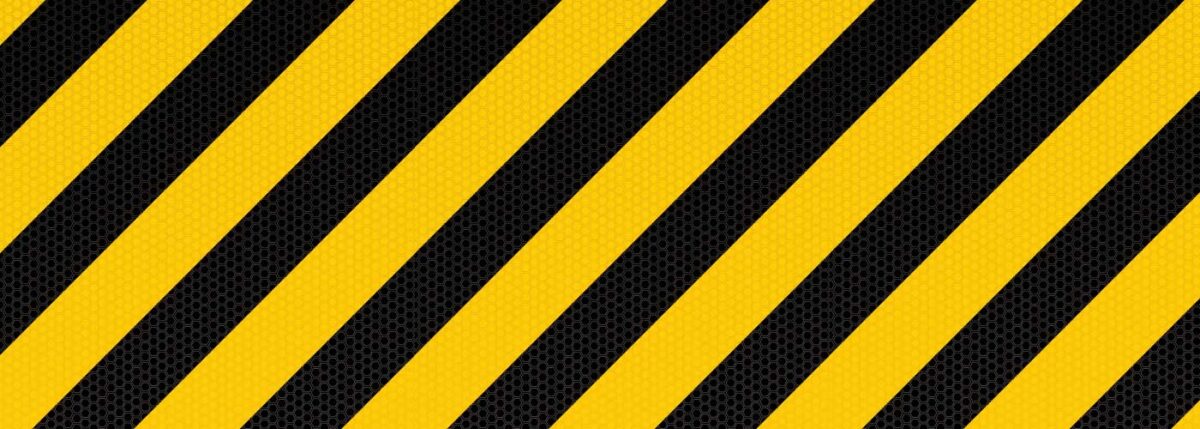When you’re making DIY website, or even if you’re working with a designer/developer, it’s easy to get overwhelmed by the number of options and how-to information available to you.
To help save you from some potential mishaps now or down the road, below is a list of five of the most egregious website mistakes you can make.
1. Use “black hat” search engine optimization (SEO) techniques.
There’s no shortage of advice out there for getting your website to rank higher in search engine results. That doesn’t mean it’s all good advice. And unfortunately, some of the tips and tricks you stumble across may be “black hat” techniques.
Black hat SEO techniques break search engine regulations, and while they may improve results in the short term, will ultimately harm your site.
Two harmful tactics you want to avoid at all costs include:
- Keyword stuffing – Don’t repeat keywords and phrases over and over. They should be used naturally throughout your site, in a way that is helpful to visitors.
- Hidden or invisible text – Don’t hide text from visitors, either by placing it off screen or by putting text in the same color as the background.
2. Plagiarize another site’s content.
Besides being illegal and ethically wrong, plagiarizing another site’s content is bad for business. Plagiarizing, also called content scraping or duplicating content, includes copying text from Wikipedia, blogs, etc.
Google and other search engines recognize this duplicate content, and will penalize you for it. That means you’ll get pushed down the list in search results, and possibly even removed from the results altogether. Not to mention, you’re making yourself vulnerable to potential copyright infringement lawsuits.
3. Have auto-playing videos or music.
Just when I think we’ve conquered this one, I stumble across a website with automatically playing videos or music that gets me in trouble at work.
It’s just plain annoying. If someone wants to watch your video, they’ll click play. If they want to be listening to music, they’re probably playing their own.
4. Use “under construction” or “coming soon” pages.
If a page isn’t ready, don’t put it up. A page with no content only frustrates visitors and makes your website look neglected, which leaves visitors wondering if your organization or customers are treated the same way.
An exception to this rule is a new website that hasn’t launched yet. A good “coming soon” page can tell visitors when your site will launch, how to get in touch with you, and provide a way for them to be notified of updates. Other than that, you’re better off waiting until your page is ready to be published.
5. Set it and forget it.
After putting hours and hours and likely quite a few dollars into launching your website, it’s tempting to want some “alone time” away from your site.
But don’t ignore it for too long. Websites should be frequently expanded, updated and optimized — not left stagnant like an online brochure. You should be regularly adding new and updated content, in the form of blog posts, news, new products and services, staff changes, etc.
You should also be monitoring your website’s performance. Google Analytics gives you more detailed statistics than you could ever need, and can be installed on your site for free. Webmaster Tools, another free tool from Google, gives you even more insight into your website performance. Keep an eye on these tools to gauge your website’s effectiveness, and help you optimize where needed.



